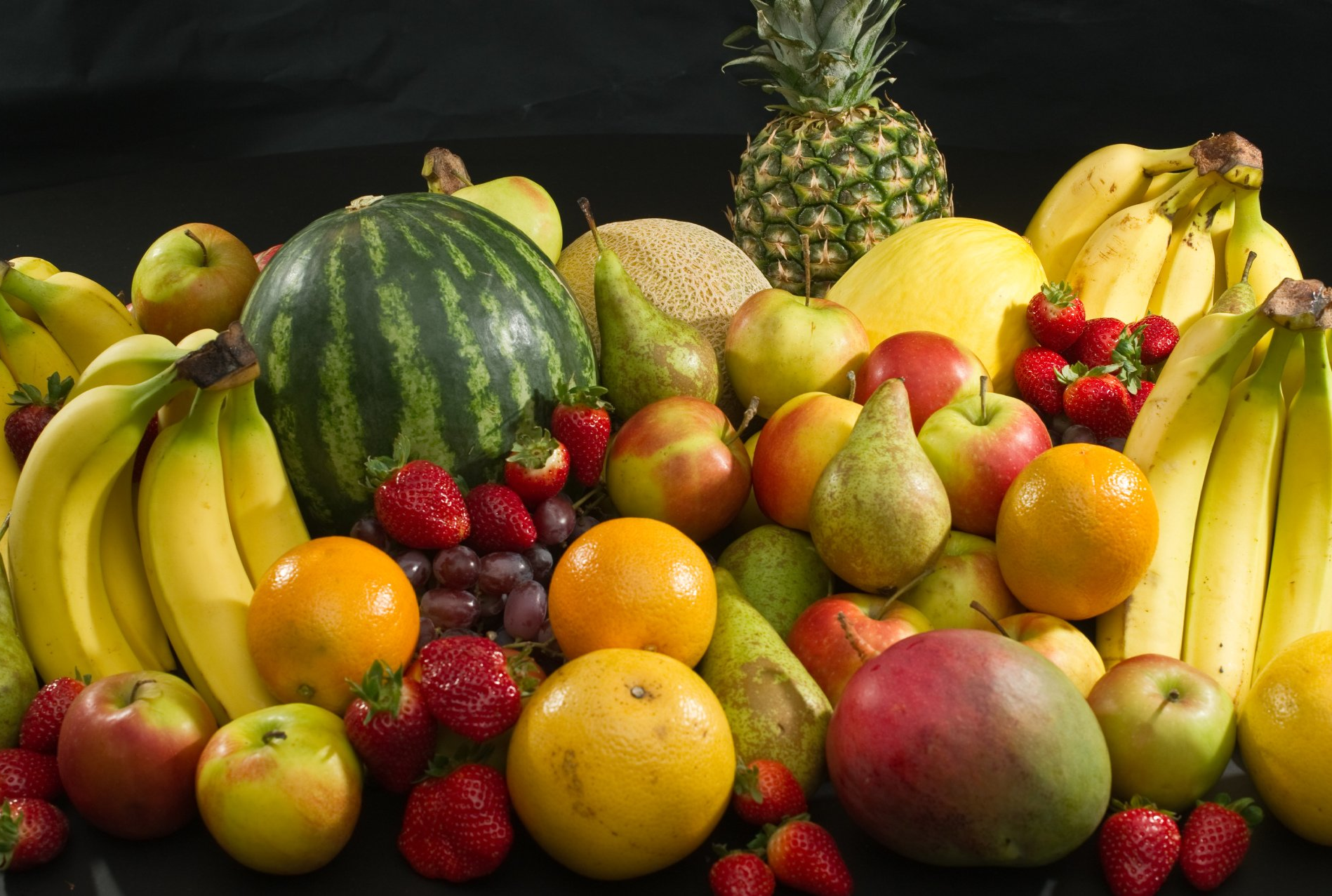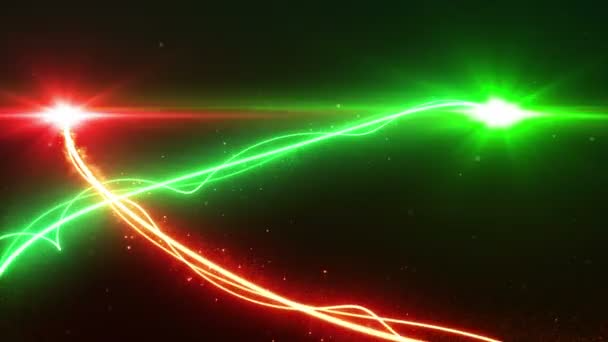Deeply Meaningful Symbols Throughout the Celebratory Season
- By kwende ukaidi
- •
- 24 Dec, 2022
- •
Celebrating the Harvest of Afrikan Life Ascension

Symbols are important vehicles of
communication, energising and empowerment on a number of levels for the soul people
of the world. Everything from garments and accessories to grand architectural design
is laden with empowering symbols as a functional and natural norm throughout
the lives of this primary and spirit people of creation across the ages. Of
course, the sacred universe at large provides an abundance of phenomena that
carries symbolic meaning for this pioneering people of the first, pinnacle and
most enduring civilisations ever to exist.
Yet, in contemporary times there has been a barrage of negative symbology peddled in the contemporary mainstream world to dislocate the Afrikan from the self-determined norm of upright symbolic engagement that comes from their own cultured living. Indeed, cultured living of self as a whole for the Afrikan has been set upon in destructive ways during the Maafa of recent centuries.
Despite the interruptions and disruptions, Afrikan souls have made tremendous efforts to restore necessary cultural fabric with its positive symbology to their lives. An outstanding example of such restoration is in the establishment of the wonderful Kwanzaa observance pioneered into being by the Us organ. This glorious seven-day celebratory season has a beautiful and deeply meaningful array of symbols that punctuate the joyous and jubilant harvesting achievement of all-year-round progressive effort. As a holiday that is rooted in the ageless imperative of agricultural harvesting that sustains and energises life, the symbols of Kwanzaa reflect this with a dynamic empowerment for life whatever upright station one may hold. Certainly, vast multitudes of Afrikan souls have lives that are not directly engaged in agricultural endeavours, yet the harvest of all-year-round achievement is brilliantly symbolised for celebration of the panorama of activities employed for the progress and uplift of Afrikan souls.
There are seven primary or foundation symbols within the Kwanzaa celebration. These are identified as:
Mkeka (Mat)
Kinara (Candle Holder)
Mishumaa Saba (Seven Candles)
Kikombe Cha Umoja (Unity Cup)
Mazao (Crops)
Muhindi (Ears of Corn)
Zawadi (Gift)
There are also two supplementary symbols which are:
The Bendara Ya Taifa (Flag of the Nation)
Nguzo Saba (Seven Principles) Poster
Arranged together during the Kwanzaa season, this powerful set of symbols can provide an exceptionally beautiful aesthetic to energise a home, wider communal space or otherwise. Yet, beyond their engaging beauty, these symbols are of deep meaning and empowering substance. Take for example the Mishumaa Saba (Seven Candles), this consists of three red candles, one black candle and three green candles. The colours are representative of Red, Black and Green flag of the nation. Each candle represents a principle of the Nguzo Saba (Seven Principles) and are lit in an ordered sequence each day throughout the Kwanzaa celebration giving energy and illumination to the successful thrust of each principle’s engagement.
These mighty symbols and indeed the Kwanzaa observance as a whole are readily accessible vehicles of cultural empowerment for Afrikan souls throughout the world regardless of geographical location or citizenship held. As such, Kwanzaa and its symbols ought to be safeguarded from alien vices of ill. Such vices include the destructive contaminants of misandry, misogyny, feminism and the thrust for a gynocracy.
The single black candle of the Mishumaa Saba holds centre position in relation to the other candles. This is the candle that represents the foundational principle of Nguzo Saba, Umoja (Unity) and is lit on the first day of the Kwanzaa season.
The spirit focus and engagement then, for the levels of self that is intimately harmonising with the foundation principle of Umoja as symbolised by the black candle can be detailed as follows:
The person self (whether as or boy growing into an Afrikan masculine man; or as or girl growing into an Afrikan feminine woman)
The harmonious and complementary Afrikan male-female union
The Afrikan family
The Afrikan community
The Afrikan nation
The Afrikan world community
The Universal Royal Afrikan Nation (URAN) is an Afrikan-centred spiritual and cultural mission for ascendancy that embodies living spiritually and culturally rooted life. To find out more about URAN and its spiritual-cultural mission for liberty and nationhood click here. The exquisite URAN pendant can be obtained online by clicking here.
In his capacity as an Afrikan-centred spiritual cultural practitioner this author is available for further learning in this regard and also for the carrying out of ceremonies such as naming and name reclamation. For details please click here.
Afrikan World Studies programmes are an important forms of study in understanding the Afrikan experience. There are a range of subjects covered on these programmes including History, Creative Production, Psychology and Religion. To find out more about these learning programmes please click here.
Also, in the approach to the important cultural observance of Kwanzaa, the text: From Pert-En-Min to Kwanzaa - A Kuumba (Creative) Restoration of Sacred First Fruits by this author is available to purchase online here. This publication provides informative detail on the of the Kwanzaa celebration. You can also visit the establishment of Yemanja-O to pick up a copy.
At nominal cost, also consider acquisition of an a4 laminate poster of articulations by this author when visiting the Yemanja-O establishment to enrol, consult, learn, gather or otherwise.
Also, visit www.u-ran.org for links to Afrikan liberation Love radio programme on Universal Royal Afrikan Radio online
